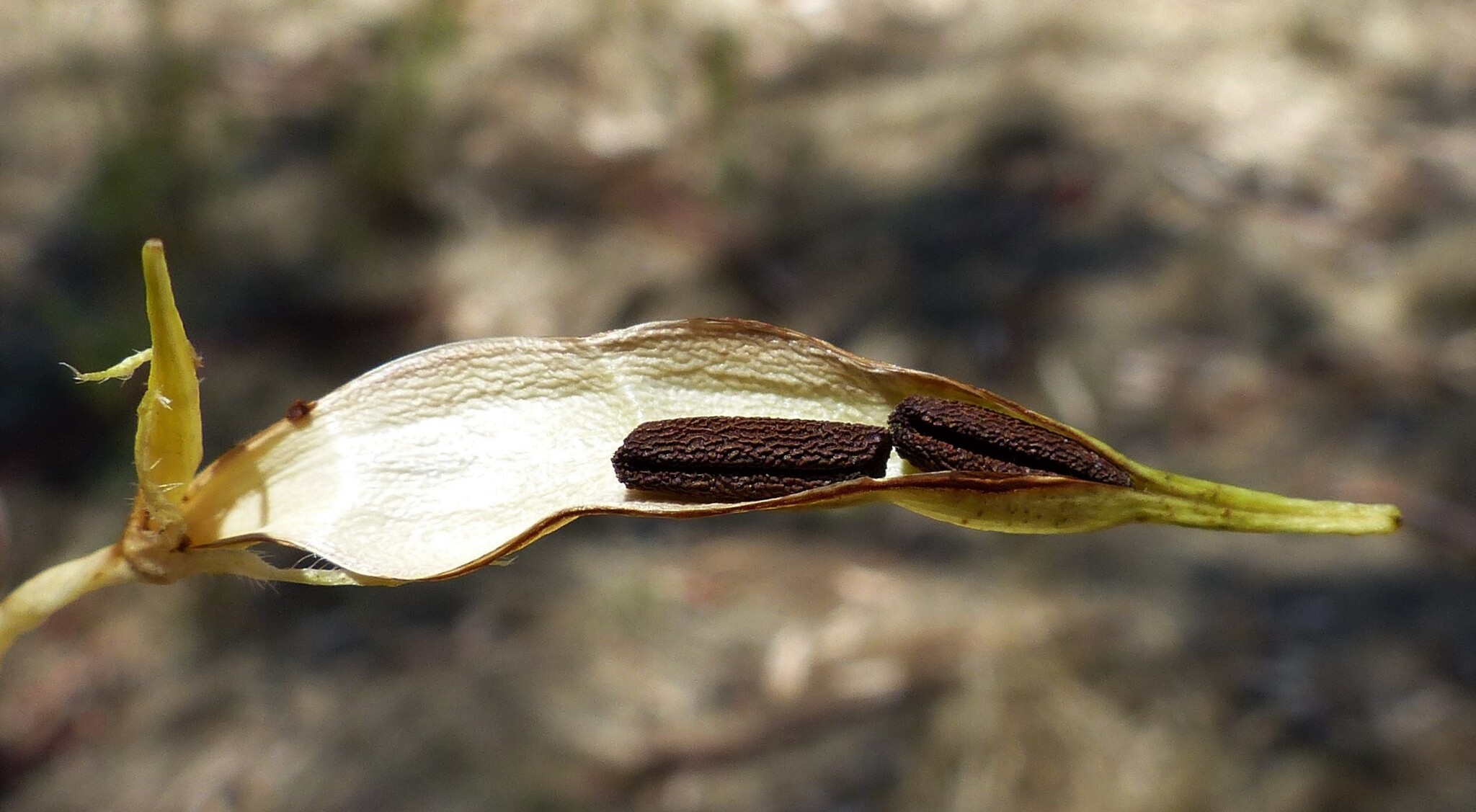
From the Greek vinco — to conquer, alluding to the competitive nature of the plant.
Perennial or annual herbs, evergreen; latex white. Stems herbaceous to wiry, without spines, stoloniferous. Leaves opposite, stalked; blade well developed; colleters absent at base. Inflorescence axillary, 1-flowered. Flowers scentless, stalked. Corolla salver-shaped; tube cylindrical, widening towards the top; lobes convolute in bud, overlapping to the left. Corolline corona pouch-like in the petal sinuses. Stamens enclosed, attached about halfway up the tube, not sticking to style head. Disk of 2 small scales. Fruit of 2 dehiscent membranous follicles; seeds 4-8, not winged, without hair tufts.
Two species in cultivation, 1 occasionally naturalised. Frost-tolerant and grown for the flowers, mostly as effective groundcovers.
Cuttings or seeds.
Stoloniferous herbs with opposite leaves, blue flowers.
6 species in the Mediterranean and N Africa.
Lawrence (1959), Forster (1996a).
Source: (2002). Apocynaceae. In: . Horticultural Flora of South-eastern Australia. Volume 4. Flowering plants. Dicotyledons. Part 3. The identification of garden and cultivated plants. University of New South Wales Press.
